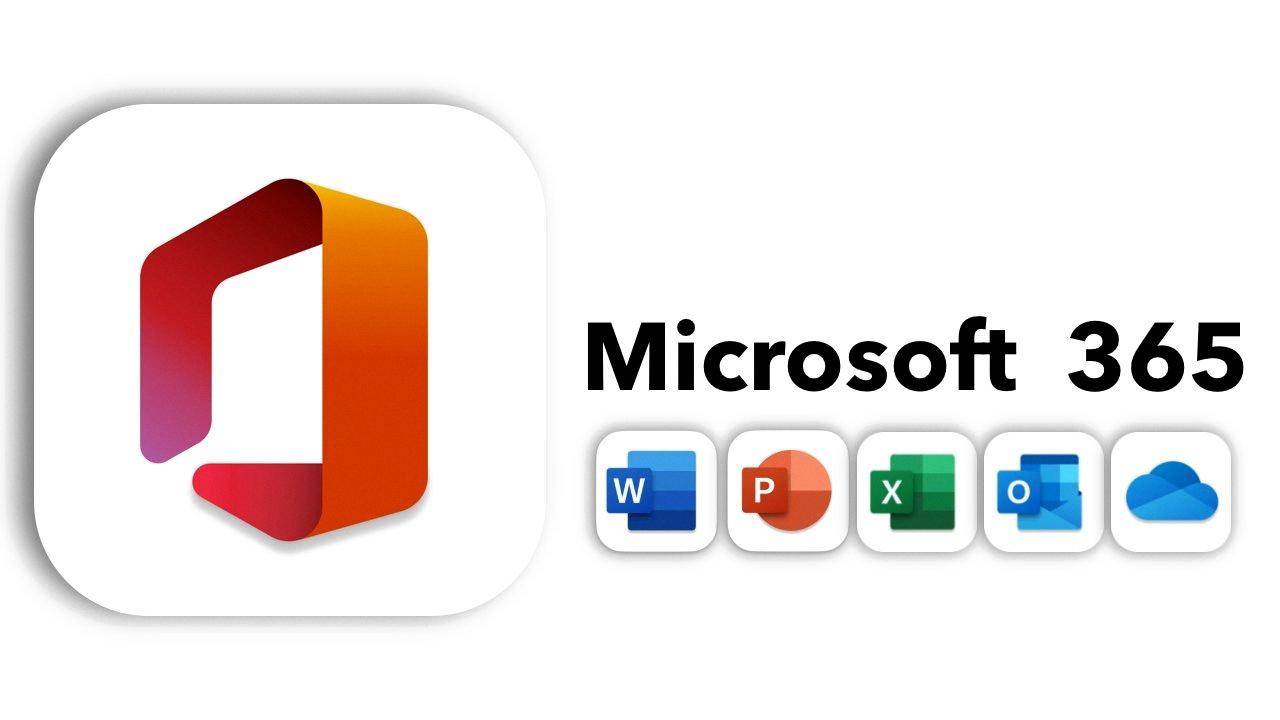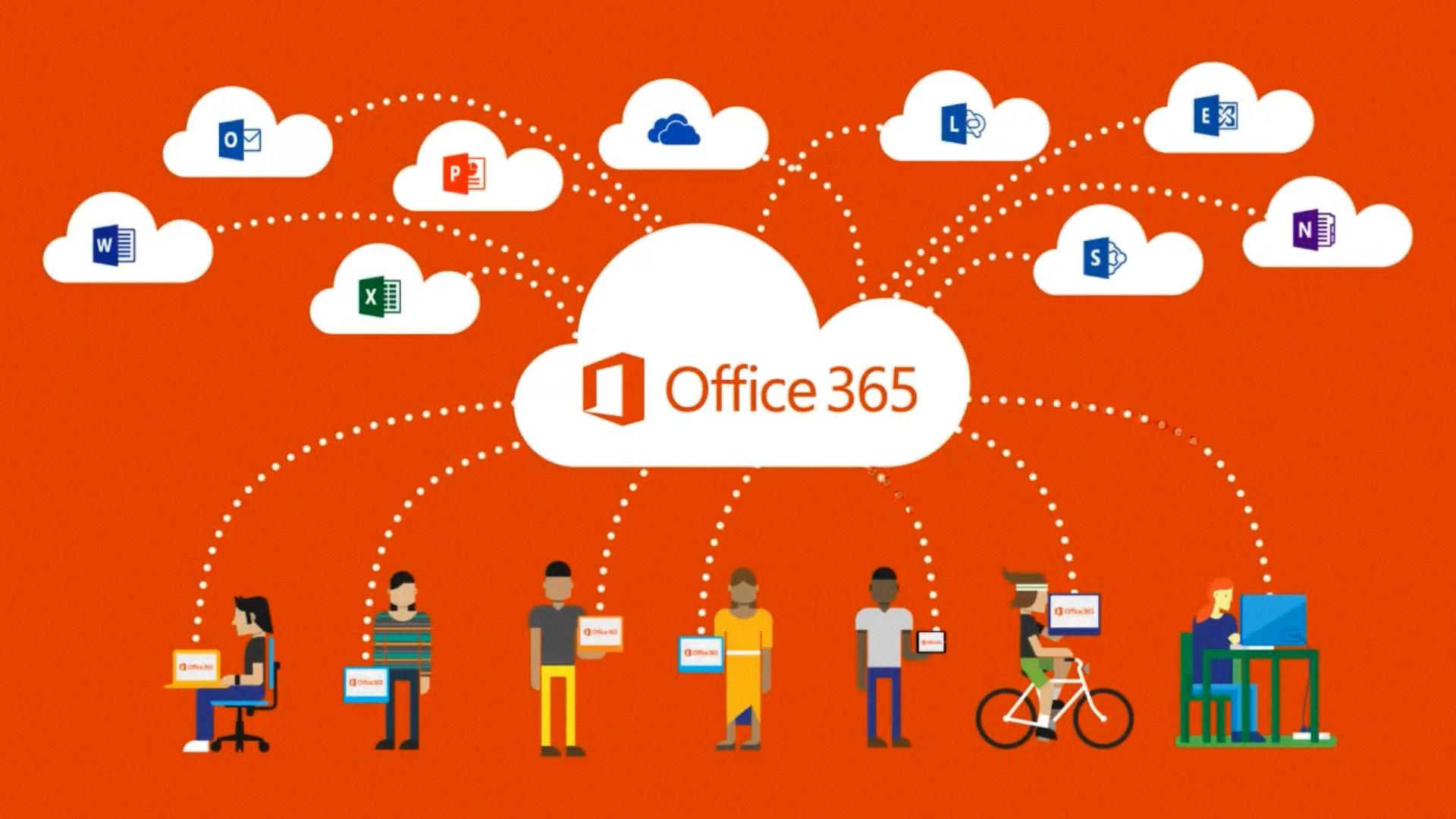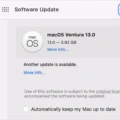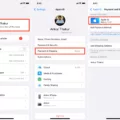Are you tired of manually updating your Office 365 software? If so, you’re not alone. Thankfully, Microsoft has made it easier to update Office 365 with just a few clicks. In this blog post, we’ll take a look at how to update Office 365 and how to make sure you always have the latest version installed.
To begin, open the Office app that you want to update. Then open a blank document. Click on File and then Account which is listed on the left side of the page. You’ll now see a drop-down menu labeled “Update Options”. Select “Update Now” from this menu to install any available Office updates for your version of Office 365.
By default, Microsoft 365 Apps will automatically download available updates from the internet and apply them in the background without any user or administrator intervention. You can change these settings by selecting “Advanced Options” as part of the Update Options menu. This will allow you to configure different settings such as when downloads occur when they are installed, and whether administrators or users should be alerted when updates are available or applied.
If you want to check which version of Microsoft Office 365 subscription you have installed, simply open an office application such as Word and create a new document. Then go to Outlook and select About Outlook from the file menu. In the dialog box that opens up, check for the version number as well as your license type (e.g., Harvard’s Office 365 Subscription).
Updating your Office 365 software keeps it up-to-date with all security patches and feature enhancements released by Microsoft over time. It also ensures that all users in your organization have access to the same set of features regardless of their individual subscription levels or the software versions they are running on their machines. Therefore, regular updating is essential for keeping your organization secure and productive at all times!
Updating Office 365
To update your Office 365, first, open the Office app that you want to update. Once the app is open, click on File in the top left corner of the window and select Account from the list. From there, you will be presented with a drop-down menu labeled ‘Update Options’ – select ‘Update Now’ from this menu to begin installing any available updates for your Office 365 software. In some cases, you may need to restart your computer before the updates will take effect. If prompted, confirm this by clicking ‘Restart Now’ and wait for your device to reboot before continuing with the update process.

Source: appleinsider.com
Does Office 365 Automatically Update?
Yes, Office 365 automatically updates by default. Microsoft 365 Apps downloads and applies updates in the background without any user or administrator intervention. However, you can adjust these update settings to change this behavior and make other changes about how Microsoft 365 Apps is updated.
Latest Version of Office 365
The newest version of Office 365 is Office 365 ProPlus, which was released in April 2021. Office 365 ProPlus is the cloud-based subscription service from Microsoft that gives users access to the latest versions of Office applications, including Word, Excel, PowerPoint, Outlook, OneNote, Publisher, and Access. It also includes 1 TB of storage on Microsoft’s cloud storage service OneDrive. With Office 365 ProPlus, users get all the latest features and updates as soon as they become available. In addition to the core applications, Office 365 ProPlus also includes other features such as enterprise-grade security and compliance tools, advanced analytics capabilities with Power BI Pro, and more.
Checking for the Latest Version of Microsoft 365
If you have Microsoft 365, you can easily check if you have the latest version. First, open any Office application such as Word, Excel, or Outlook. Then, click on the File tab and select Account from the menu. In the dialog box that opens, you can see your Office version number and license type. Compare this version to what is listed on the Microsoft website to make sure it is up to date. Additionally, you can also click on Update Options and then click Enable Updates to make sure that any new updates are automatically installed for your Office products.
Frequency of Office365 Updates
Office365 is regularly updated on a monthly basis. Non-security updates are released to provide fixes for known issues, as well as stability and performance improvements. Security updates are also released each month to ensure the security of Office365 data. Additionally, new features and capabilities are added on a monthly basis to keep Office365 up-to-date with the latest technology.

Source: compu-type.net
Enabling Automatic Updates for Office 365
To turn on Office 365 automatic updates, you’ll need to open any Office program, such as Word or Excel. On the File tab, select Account. Note: In Outlook, select Office Account. On the right side, select Update Options and then select Enable Updates. You may be asked whether you want to let Microsoft Office make changes to your computer; if so, click Yes to continue. After that, Office 365 will automatically update itself with the latest version when available.
Automatic Updates for Microsoft Office
To get Office to update automatically, you’ll need to make sure you have the correct settings in Windows Update. First, open Windows Update in your Control Panel. In the left-hand pane, choose Change Settings. Under Important Updates, choose Install updates automatically. Then, under Microsoft Update, check the box next to “Give me updates for Microsoft products and check for new optional Microsoft software when I update Windows.” This will ensure that your Office applications receive the latest updates and security patches as soon as they become available.

Source: bleepingcomputer.com
What Version of Office 365 is Currently Installed?
The version of Office 365 installed on your computer depends on which product you purchased and when. To check the exact version, go to File > Account > Product Information. This will show the full version name, such as Office 365 Home or Office 365 Personal. You may also see subscription information here, such as the expiration date for your subscription and how many devices are currently linked to it.
Which Office 365 Version Should I Install?
The decision of which version of Office 365 to install depends on the type of work you will be doing with it. If you will mainly be using Office applications such as Word, Excel, and PowerPoint, and do not need to work with large blocks of information or graphics, then we recommend installing the 32-bit version. This is because it is more compatible with most other applications, including 3rd-party add-ins.
However, if you will be working with large blocks of information or graphics, then you should consider installing the 64-bit version of Office 365. This version is designed for users that need to manage larger data sets and take advantage of advanced features such as improved performance for graphic-intensive tasks. It also provides support for various new features that are not available in the 32-bit version.
Ultimately, the choice between 32-bit and 64-bit versions of Office 365 should depend on your specific needs and requirements.
Conclusion
In conclusion, Office 365 is a great choice for individuals and organizations who want to stay up-to-date with their software. It includes the latest features in the Microsoft Office suite of applications and is updated regularly through automatic downloads and installation. By default, Office 365 updates are applied in the background without any user or administrator intervention, but users can also manually download and install updates whenever they need to. With its flexibility and ease of use, Office 365 makes it easy to keep up with the latest software releases, ensuring that your data stays secure and up-to-date.








